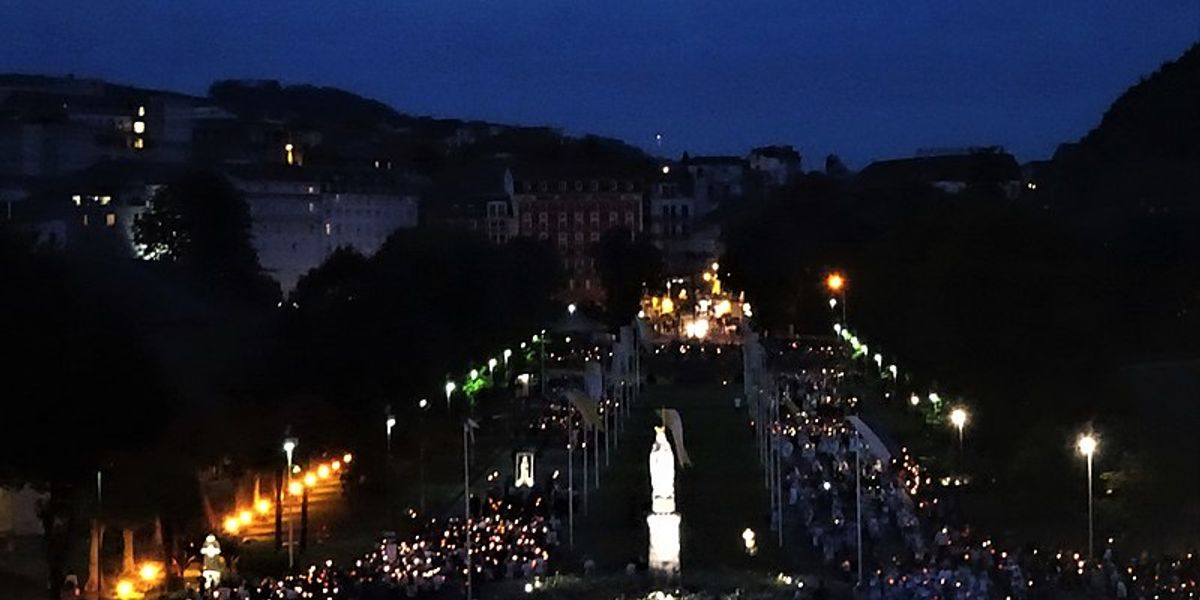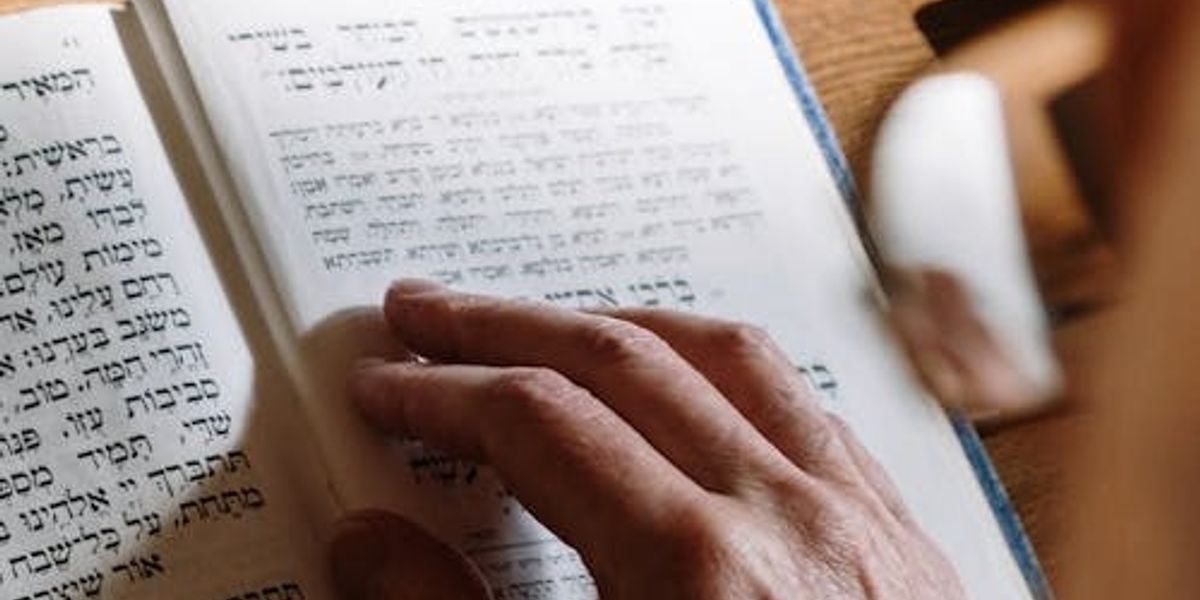“The miracle swept away all my doubts!” attests Emmanuel Tran. His daughter, Mayline, was miraculously healed in 2012, following an accident that, according to medical prognoses, was expected to lead to her imminent death. Attributed to the intercession of Pauline Jaricot, this miracle facilitated, ten years later, the beatification of this famous 19th-century Catholic from Lyon. Four years after his daughter’s healing, Emmanuel Tran was baptized and now testifies to his conversion whenever possible.
Christophe Fumery, both a doctor and a believer, also recounts having witnessed four miracles during his career—including suggesting that the last officially recognized miracle recipient of Lourdes, Sister Bernadette Moriau, visit the Marian city. However, once the premise of the miracle is established, “it changes nothing” in his faith, he claims. And for his patient, who endured over 40 years from a disease of the lumbar and sacral roots before being healed in 2008, a few days after a pilgrimage to Lourdes, the reaction is the same: “It didn’t change my faith because I already had it!”
“Faith is not quantifiable; you either have it or you don’t,” summarized François Asselin from Saumur, whose employee Charle (without an ‘s’) survived a severe accident in 2016 and is officially recognized as a miracle by the Church. It was he who enabled, in 2022, the canonization of Charles de Foucauld. If a miracle alone isn’t enough to inspire faith in someone—as Charle testified that he remained agnostic after surviving his dramatic fall—what do miracles, on the other hand, offer to believers?
Indeed, the Church in no way mandates belief in miracles. However, the entire Bible is filled with them, whether it be Elijah reviving the dead, Moses parting the Red Sea, or Jesus multiplying loaves and giving sight to the blind. The Gospel of Mark alone lists about 15.
“No sincere believer can escape the question of miracles,” asserted historian Patrick Sbalchiero, author of numerous books on the subject, who added: “I have wondered: if miracles did not exist, would there be any believers here below?”
“God’s ways are not our ways”
What, then, is the purpose of miracles? Defined on the website of the French Bishops’ Conference (CEF) as an “extraordinary act that arouses admiration outside the normal course of events,” a “manifestation of the power and intervention of God,” the miracle contains a lesson as it provides a “revelation of His presence and the freedom He uses to accomplish His designs.”
Described in the Bible as wonders, healings, and signs, the miracle, adds the CEF, “does not aim at itself; it directs our gaze further by revealing the immediate presence of God.” Sister Moriau is convinced: “One can have faith without believing in miracles, but one misses out on a gift, offered to help us grow in faith,” stated she who, since her healing, testified that she is filled with “true joy.” In her view, “the miracle is given to awaken our faith.”
Diane Corbet, a Catholic influencer on social media who created a prayer chain for couples desiring children, shared this conviction. “The miracles performed by Jesus in the Gospels push me to ask for more and to reflect if my desires are just,” she said. “We have the right to ask for a miracle,” said Father Guillaume Chevallier, a priest of the Community of Saint-Martin. “I believe God can grant it to us if He wants.” However, the theologian added that the proper spiritual posture is to know that one is loved by God, entrusted into His hands, and to be wary of a hidden power dynamic with God in our request. “When we see Jesus on the cross, Mary at its foot, we do not know if she was asking for a miracle at that time. Maybe that of His resurrection?”, continued Father Chevallier. “The Bible teaches us a path of wisdom, particularly with the experience of the Book of Job: God’s ways are not our ways.”
“It was necessary to mark this event with a stone”
Some testify specifically of a form of surrender, almost detachment in trust, that preceded, for them the surprise of a miracle. In Paris, Clémence Habbaba recounted having had “this certainty that, whatever the outcome, it was going to be good for (her) family,” while her eight-year-old son was in a coma after a head injury. Five years later, he shows “no sequelae”—no long-term consequences that may continue to affect a person’s health even after an injury has healed.
For the mother, this healing is miraculous within perfectly coordinated human interventions and in the presence of a highly-experienced neurosurgeon who was not supposed to be there. Habbaba and her husband thus had an “ex-voto” placed in their parish: “It was necessary to mark this event with a stone.” Tran also recounted having completely entrusted his daughter’s life to God when she received the sacrament of the sick. “That’s when my faith changed,” he said. Thus, the miracle of his daughter’s healing, a few days later, did not trigger his faith but came to reinforce it.
If they are defined as motives for credibility in the Catechism of the Catholic Church, inviting belief and strengthening faith, miracles can also be an occasion for stumbling, it notes. “They are not intended to satisfy people’s curiosity or desire for magic.” Is this a warning against an overinterpretation leading to seeing miracles everywhere? That’s the opinion of French Bishop Jacques Benoit-Gonnin of Beauvais. “What establishes faith is Jesus, not the miracles, which are just a sign,” he explained, before citing the example of the multiplication of the loaves and the meaning of this miracle: “Jesus signifies there that there is essential nourishment and that He can give it.” Thus, the miracle, among Christians, infinitely exceeds the question of the physical phenomenon.
“You have to have faith embedded in your body to get through all this!”
“When you experience a resurrection, you know well that it’s not for you; it’s a sign of hope meant to be given,” said Sister Moriau, adding that she was convinced of the need society has to see that “God restores.” Defining herself as a “troubadour of hope,” Sister Moriau dedicates her time to speaking about the miracle from which she benefited. Encouraged when he saw how much his testimony could touch those who heard it, Tran also believes in the importance of bearing witness. “I have to talk about it,” he said.
But before being able to testify, a long silence is often demanded by the Church, corresponding to years of investigation to determine whether one can, or not, speak of a miracle. “You have to have faith embedded in your body to get through all this!” exclaimed Didier van Cauwelaert, who dedicated a narrative to the subject in his French book L’Insolence des miracles (“The Audacity of Miracles”).
The Church, indeed, takes multiple precautions before officially recognizing a miracle. Especially when it occurs within the context of a beatification or canonization procedure; the process is then meticulously regulated by Rome. In Lourdes, the process is also very regulated before possibly leading to the qualification of “miracle.”
Italian-born Dr. Alessandro de Franciscis, president of the Office of Medical Observations at the Shrine of Lourdes (Bureau des Constatations Médicales) – which investigates any declared cures – estimated that more than 10,000 miracles have been received and studied by the medical findings office since its creation in 1883. However, only 70 have been officially recognized to date. Moreover, the first condition remains that the interested party be willing to testify. “I probably miss miracles!” says the doctor. But that’s not the main point, says Fumery: “Seeing a kid who comes as a hospital volunteer to Lourdes, sweating from carrying the sick and smiling, that’s what’s awesome!”
The steps to recognize a miracle at Lourdes
Medically, seven criteria are required: a precise diagnosis, an unfavorable prognosis, an unexpected, instant, complete, inexplicable, and durable healing over time.
At least ten years must pass before validating the last criterion, that of durability. If all are met, the qualification of “unexplained healing given our current knowledge” is retained by the Lourdes Medical Findings Office.
The case file is then presented at the annual meeting of the International Medical Committee of Lourdes, whose members vote by secret ballot. Finally, the bishop of the diocese where the miracle recipient lives is solicited; it is up to him to decide whether or not the healing qualifies as a miracle, and to determine how this is discerned.
(With additional reporting by Clémence Houdaille)






